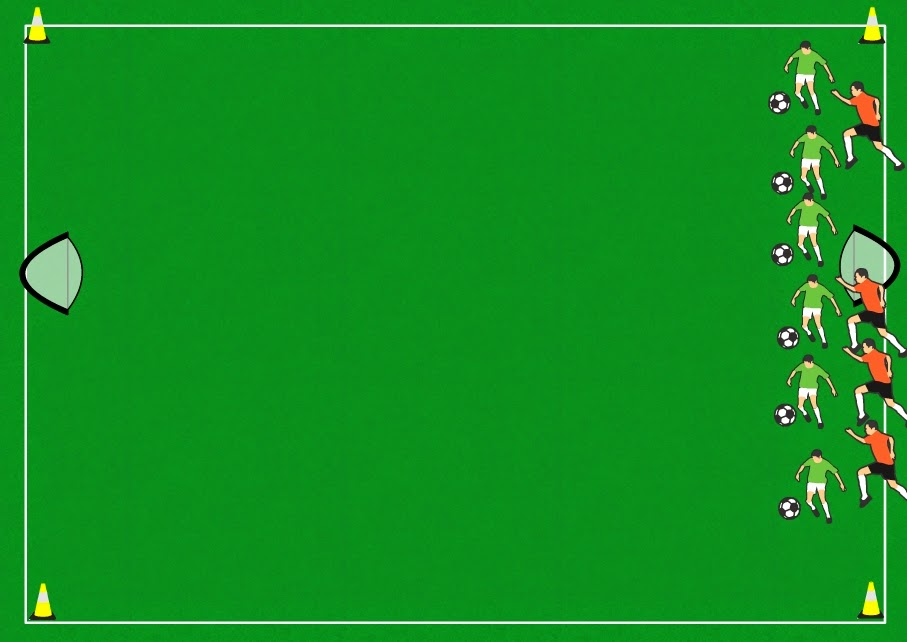A picture tells a thousand words, but a video...
The use of video can be a powerful tool for both the coach and the player. As a coach, you can save yourself hours of time and energy with one good video segment. Let's say that you are trying to show a dribbling move to players and only one player can do it. When you stop the practice to have that player demonstrate, they almost always fail to do it well. If you catch them on video, you can use that to show that player to both himself and his teammates. Players love to see themselves on video and it can be a powerful motivator to the other players to push them to try and get it right. An even more effective use of video occurs in game situations. I always counsel my coaches to focus on individual players during the game even if it is only for 2-3 minutes. That way he has something specific to say to each player as opposed to talking about things that only apply to some players on the team but not all the players. Video is a great way to show the player what s/he is doing and

